The Ins and Outs of Event Photography
Event photography is both exciting and challenging. Securing salable shots at an event where you have limited access and no direct connections with the athletes can be an extremely difficult task.
There are usually hundreds or even thousands of fans standing everywhere you want to be, and your press pass will only get you into certain places containing handfuls of other photographers who are all vying for the best shots. Through my own experiences I have learned some very successful ways to overcome these obstacles.
For full access you will need to obtain a press pass. This requires much persistence on your part in contacting the media coordinator months before the competition begins. If you are a freelance photographer, include the names of companies, magazines, and other locations you will be submitting your shots to. This is beneficial for them because it leads to growth of the event, and helps secure it for the following year. As the photographer, you have the power to get the company’s name and events out to the rest of the world.
Occasionally you will find an event where the photographer is required to be shooting for a specific company. Though it is difficult to get the big companies behind you, you should be able to obtain backing from an online website, or smaller media publication such as a local newspaper, or magazine. Dig deep for a company, chances are you already know someone that can support you. To obtain my press pass for the Crankworx 2007 Colorado Mountain Bike Festival, I contacted an online ski forum. I explained my need for media backing, and suggested doing a small article for their website with some photos. Though the company is skiing exclusive, I had met the owners, and hoped they might be interested in posting a mountain biking feature. The company seemed more than happy to help, especially with the promise of everything for free! Since it was an online forum, they would post articles for only a few days at a time, allowing me to market and sell my photos quickly after they were posted. Depending on who you are working with, it may be best to give your “B” images to them and market your “A” images to everyone else.
When shooting at an event, it is important to find unique locations to capture your photos. You may be able to get great shots from next to other photographers, but in most individual and team sports, the guy next to you is capturing the same thing. Thebest idea is to look all around you, even at places that you won’t need your press pass to access. It’s very easy to get excited about the areas that require credentials, and forget about all of the angles that are often better.
Before arriving at the event, always try to obtain an advance copy of the schedule. Most athletes will arrive a day or two earlier than the main event to get their practice runs in. Many photographers don’t take advantage of this time, and miss out on some of the best close-in action shots. During this practice time, you can shoot from almost every location you could want. This makes it easy to shoot wide and obtain unique shots. You will also have a better chance of making direct contact with the athletes. Give the athletes your card, and hopefully they will contact you for photos to send their sponsors. The only issue with shooting in advance is the lack of spectators. I usually overcome this by framing the image without the empty stands and spectator areas in the backgrounds. It will be easy to capture plenty of those shots on the days of the event.
Get Creative!
I know how exciting being in the middle of the media swarm can be. It feels like that must be the best or only good shot, because so many photographers are capturing it and look to be confident. However, I have found that some of my best work has occurred far from the masses, and can almost guarantee that there is a better angle that no one else has noticed. To find this location always look at everything around the event. You may be able to climb on something, or access a rooftop for a very different approach. If you walk around the course and view every feature from as many angles as possible, you will find the best ones.
Before an event, I will always carry my camera with me as I walk around the course, and take a quick picture from every angle. Since I am shooting digital, there is no reason to worry about taking a few shots so that I can review the best locations later. During this initial course review, pay attention to the way the lighting will look on different features throughout the day so you know where to begin. Doing this before the event starts puts you miles ahead of other photographers.
At several events, I have asked directors to shoot from an area that looked completely off limits. Many times, if asked in the correct way, I have been allowed to shoot in locations where no other photographers knew possible. During the Teva Mountain Games photo competition, while watching the kayaking event, I noticed a man was escorting safety administrators across the creek in an inflatable raft. There were no other photographers on the other side, so I knew that I would be guaranteed a unique perspective. I approached the man, and asked him if there was anyway he could move me across the creek. I told him that I was taking part in the photography competition, and needed to be on the other side to capture the most creative shots. He seemed a little apprehensive at first, but with enough convincing was willing to escort me across. From the other side I went on to capture my best photos of the event, all shots that no other photographers would obtain.
Sometimes you will be able to join the TV crews, or the announcers on the scaffolding. If you ask nicely, many doors to great locations will open, and give you more opportunities to make connections for future sales. Situations like this will give you an edge over other photographers, and allow you to market shots that are completely different than anyone else’s. In certain events, shooting from where the crowd was standing, gave me better shots than the wide-angle photos closer to the action. Often times the crowd stands are elevated features, and allow a view of the entire course.
Event photography is a great way to make many connections in the industry. I always like to walk around and introduce myself to other photographers and anyone involved with the event including sponsors. I pass my cards around and learn how everyone is involved in the event, I tell sponsors that I have many unique photos, and ask for their cards. This networking will give you many great connections within the industry, and may even sell some of your photos. Always carry plenty of cards, and send your photos to every possible sponsor that could use them after the event. Market your photos anywhere you think of because even if you have the best photos you’ve ever taken, you will not make a sale unless you’re shots fall into the right hands. These jobs will lead to more work, potentially day shoots, and many future sales. Happy shooting!






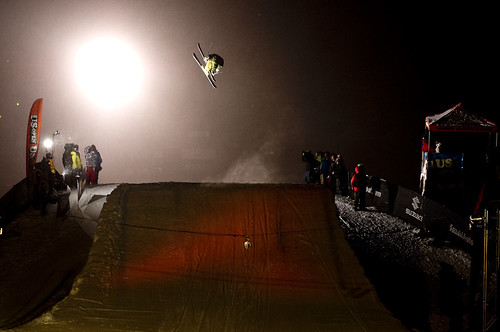
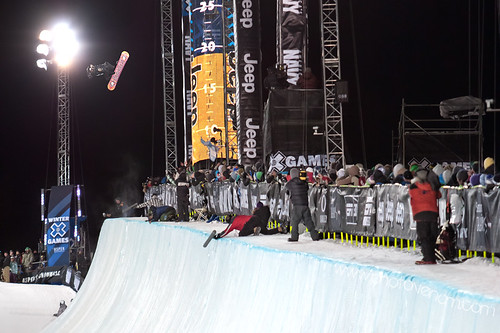
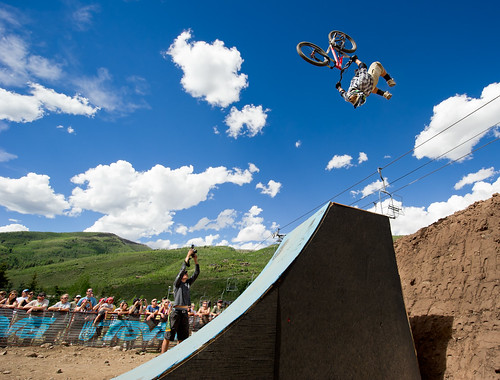
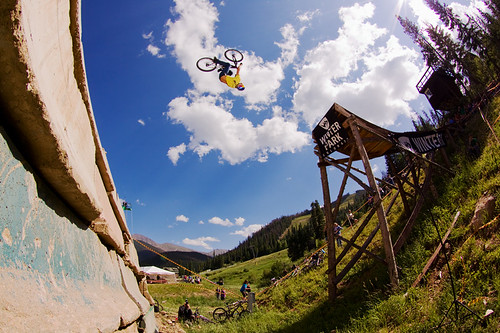


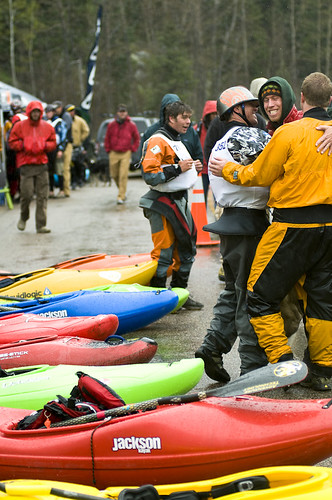


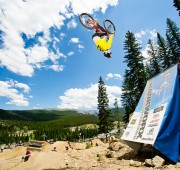

on
This website is awesome!!! I’m fairly new to photography and love shooting action type photos. I’ll definitely be using the website as a resource in the future!
on
great tips again as always, it’s definately made me think more about shooting from different angles and moving around more at events
Pingback: Park Jumps – Snowboarding and Skiing Photography - Action Photo School | Photography Tips
on
While reading a question poped in my mind, do you have to sign contracts with the athletes at the day of the competition or during the practice days before the competition starts?
Keep up the good work ! Great and informative article as always !
on
It’s not necessary to sign day of, as long as they want to sign a release afterwards it’s not an issue. However, getting in the habit of having releases signed on the day of can make all the difference since they may change their mind later or be tough to get a hold of.